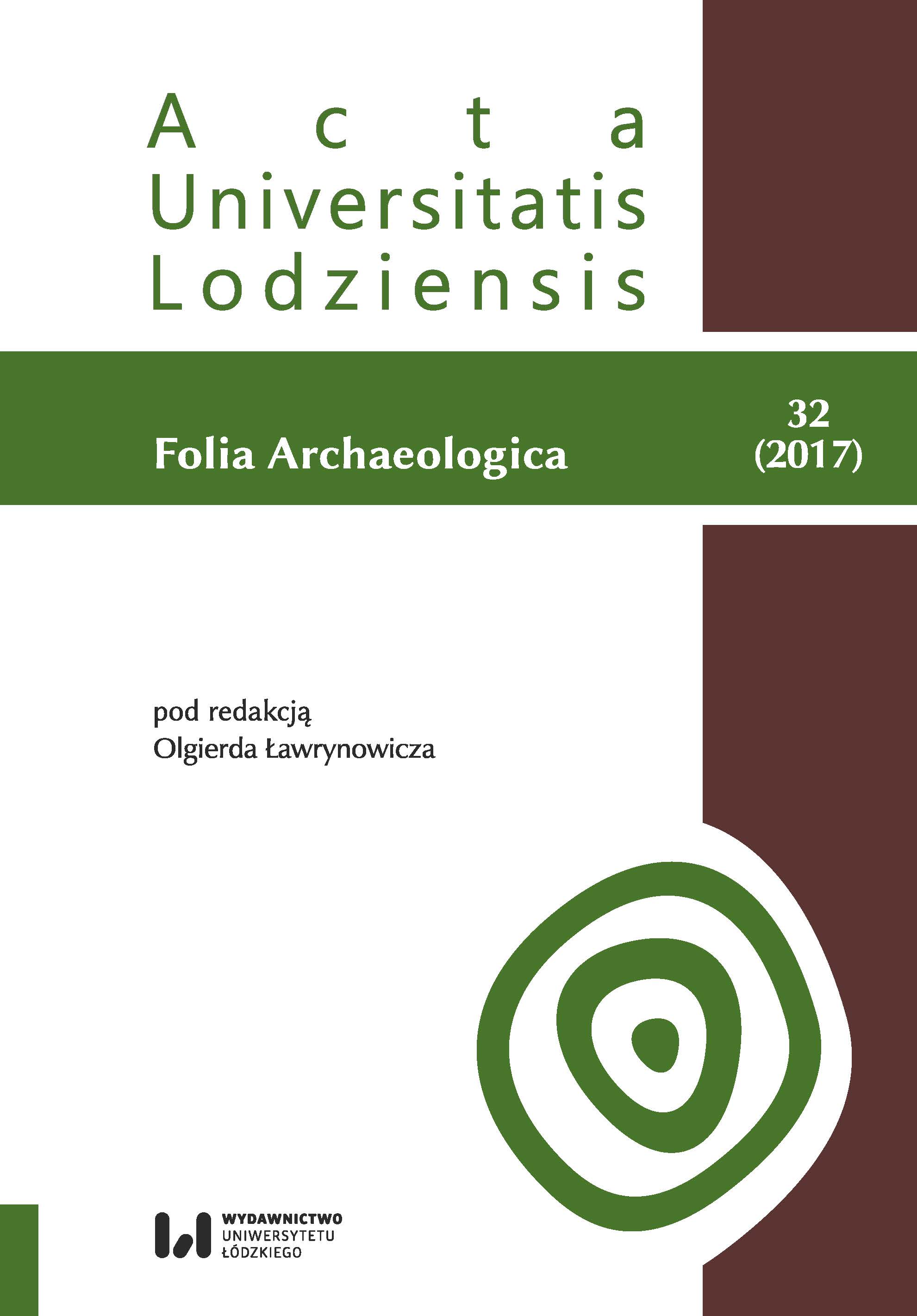Kufer pełen wspomnień: (auto)biograficzne podejście do
dziedzictwa
A trunk full of memories: an (auto)biographical approach to heritage
Author(s): Dawid KobiałkaSubject(s): Archaeology, History of ideas, Social history
Published by: Wydawnictwo Uniwersytetu Łódzkiego
Keywords: the archaeology of us; heritage; materiality; memory; things
Summary/Abstract: This paper analyses the so-called biography of a thing as a way of thinking about the value and meaning of heritage. A certain, almost 100 years old, trunk is used as a case study to present how heritage is constituted trough relations between people, things, and places. Indeed, heritage is a kind of relation between humans and non-humans. To back up this thesis, this article offers a five-step approach. First, the starting point is Michael Shanks’ thesis that “we are all archaeologists now”. The British archaeologist – it can be said – argues for broadening the archaeological discourse and to look archaeologically at the world we all live in. From this point of view, a Neolithic pot sherd and a contemporary thing such as a trunk, for example, represent the same category of an archaeological artefact. Through their materiality, they both might be objects of an archaeological scrutiny. Second, I shortly discuss the archaeological research on the recent past. Archaeology is a practice anchored here and now. One of the archaeological perspectives that Dawid Kobiałka 213 analyses the relics of the recent past is the approach where archaeologists study their own heritage i.e. the histories of their own families. This is the perspective developed further in this paper. Third, it is argued that the theoretical concept known as biography of a thing, can be useful in the context of the archaeology of the recent past. It is the concept that takes into account the past and present of each artefact, landscape or practice. This approach allows for studying both the social and the material memories which are crucial apropos of the archaeological research on the recent past. Here, archaeologists take into account things as well as people’s memories about them. Fourth, an analysis of a trunk which the author found in the grandmother’s basement is used as a case study to present the potential of the archaeological research on the recent past. Some episodes of the biography of a trunk are highlighted to claim that heritage is constituted through different kinds of relations between many agents, both humans and non-humans. And the last point, the trunk is a good example that shows the limitations of archaeological thinking about heritage through the lens of its preservation and management. Indeed, the crucial conclusion of this article is that, sometimes, the less preservation and management of (archaeological) heritage the better for heritage itself. In other words, destruction and decay of heritage are the very part of its biography.
Journal: Acta Universitatis Lodziensis. Folia Archaeologica
- Issue Year: 2017
- Issue No: 32
- Page Range: 191-213
- Page Count: 23
- Language: Polish

